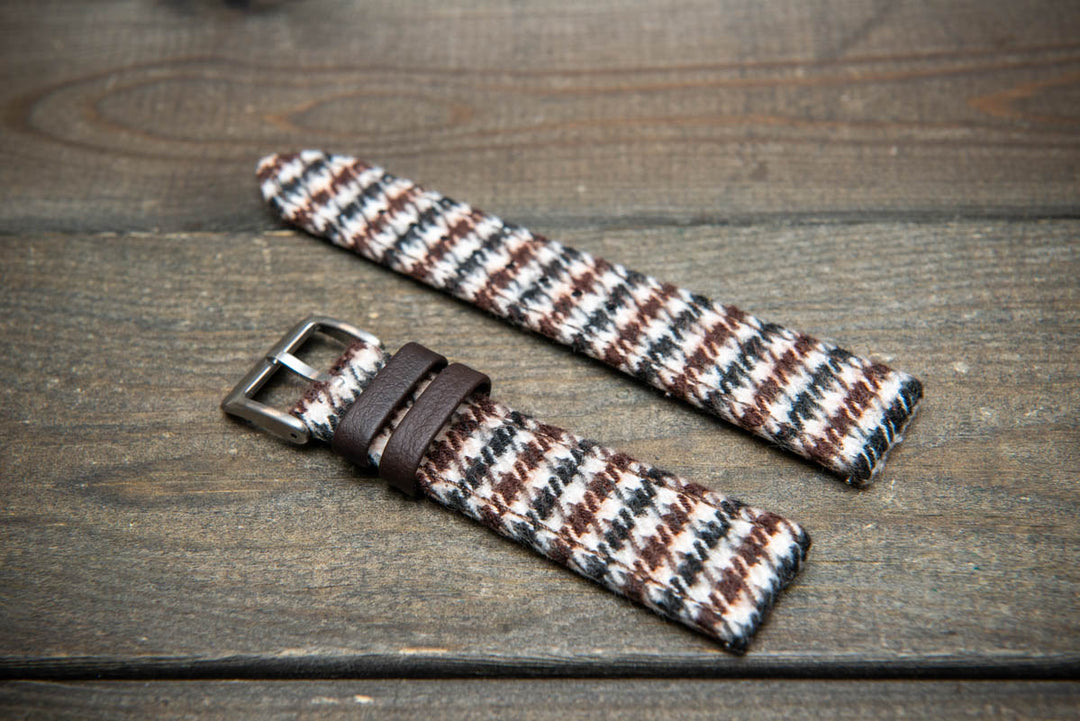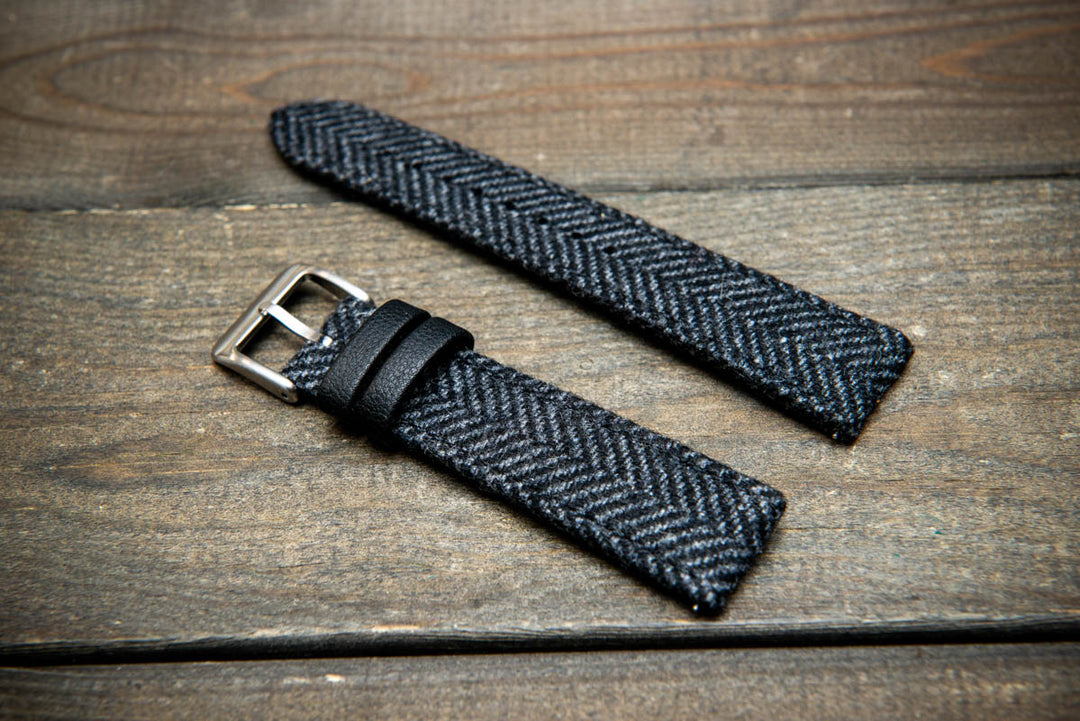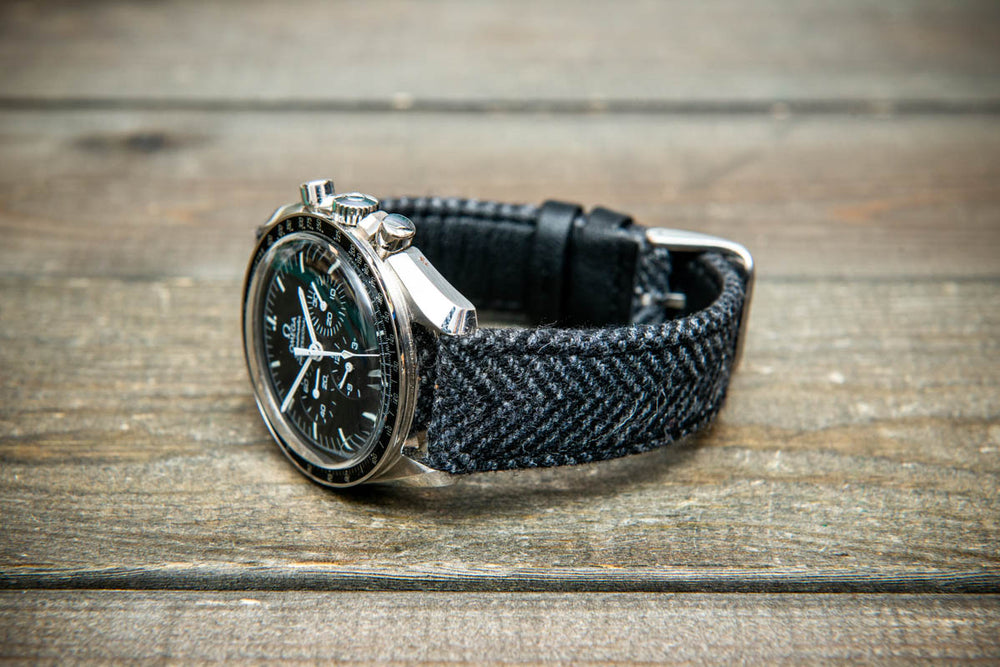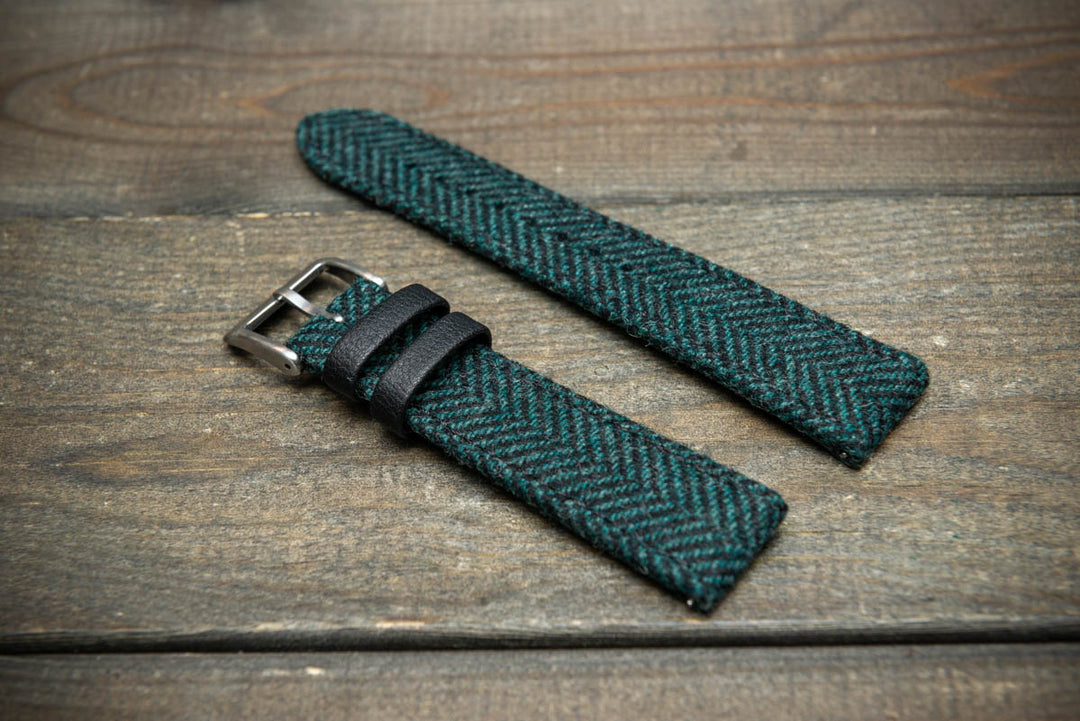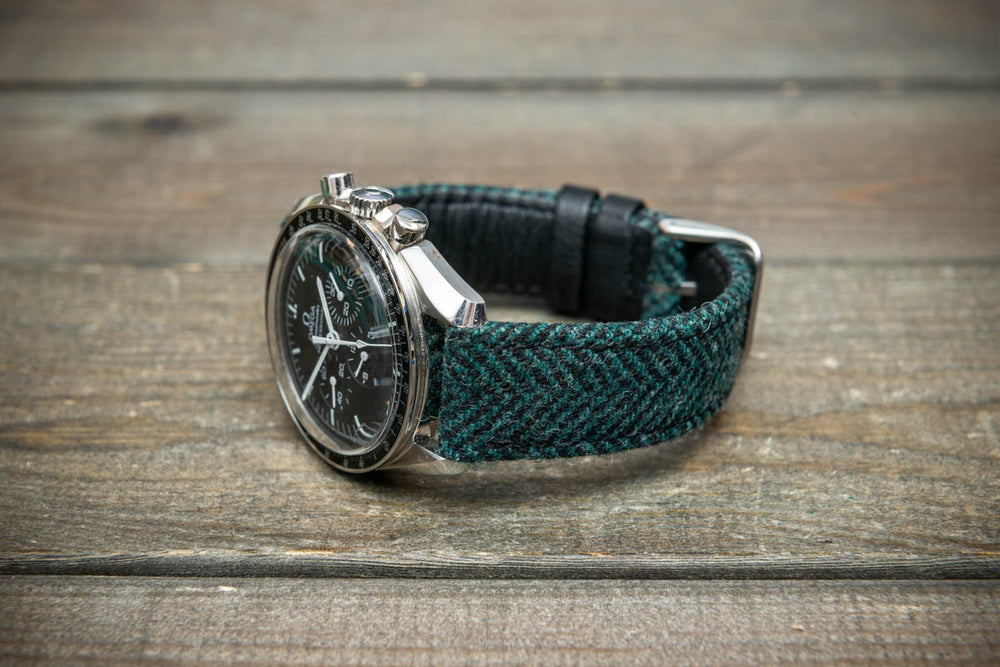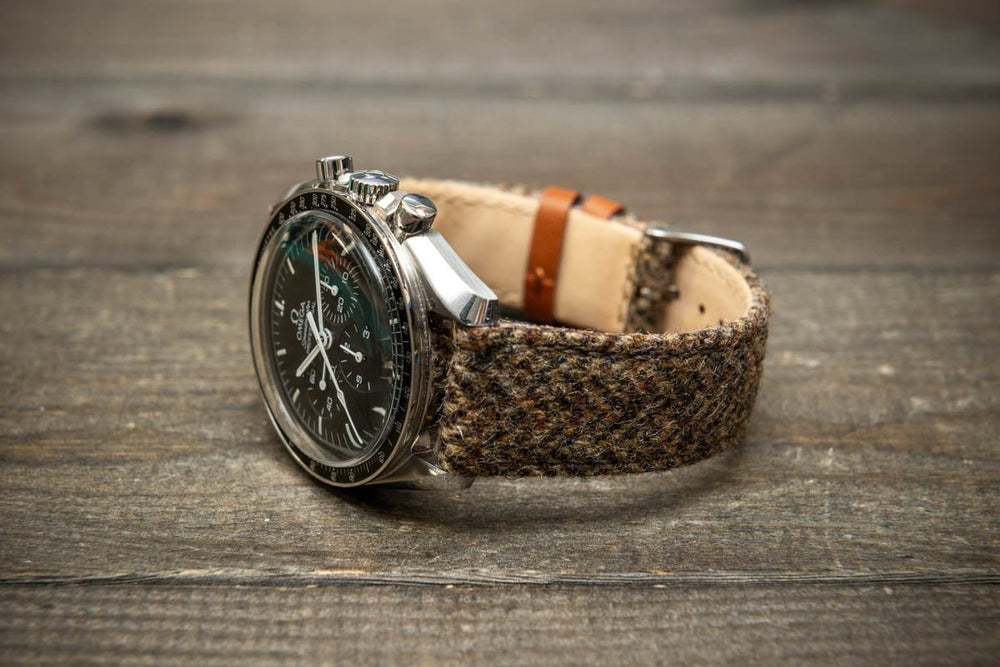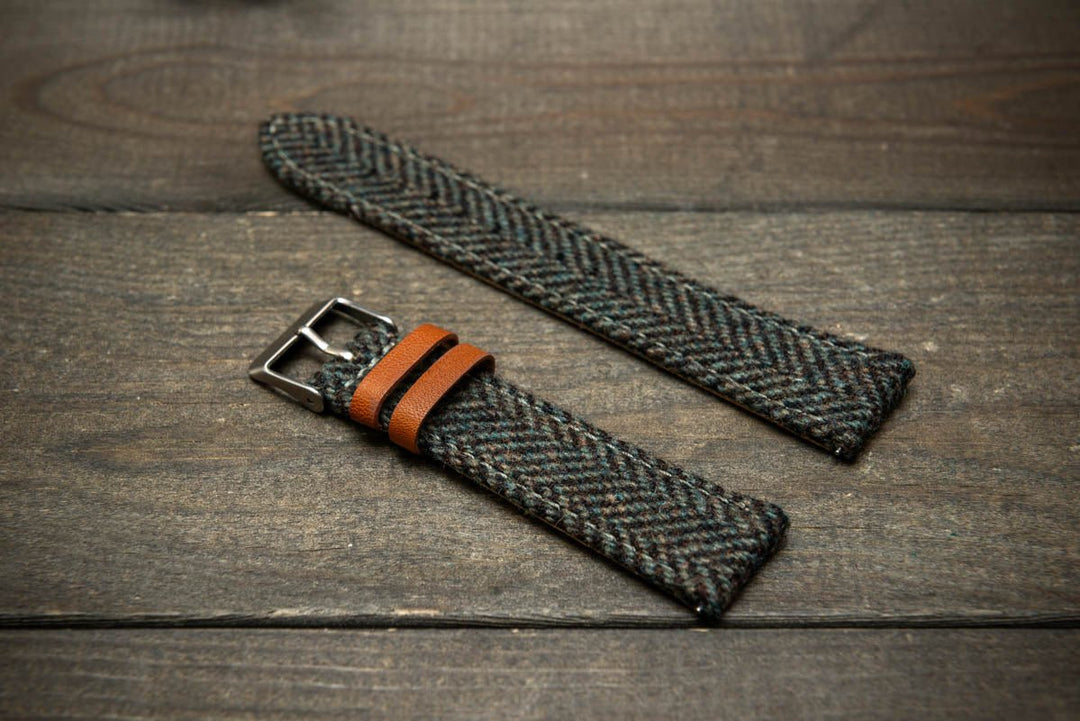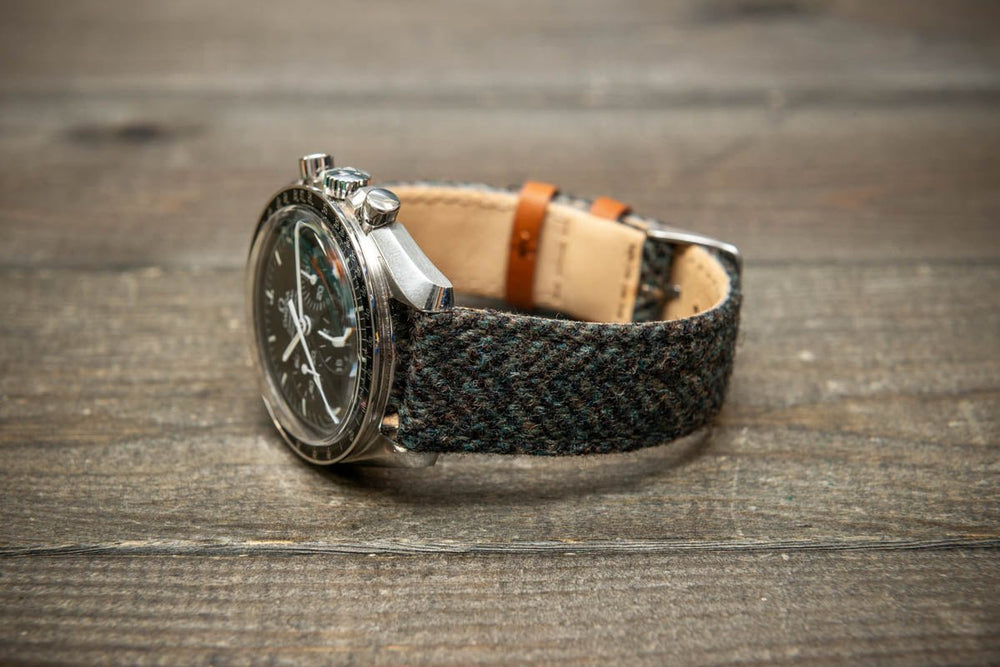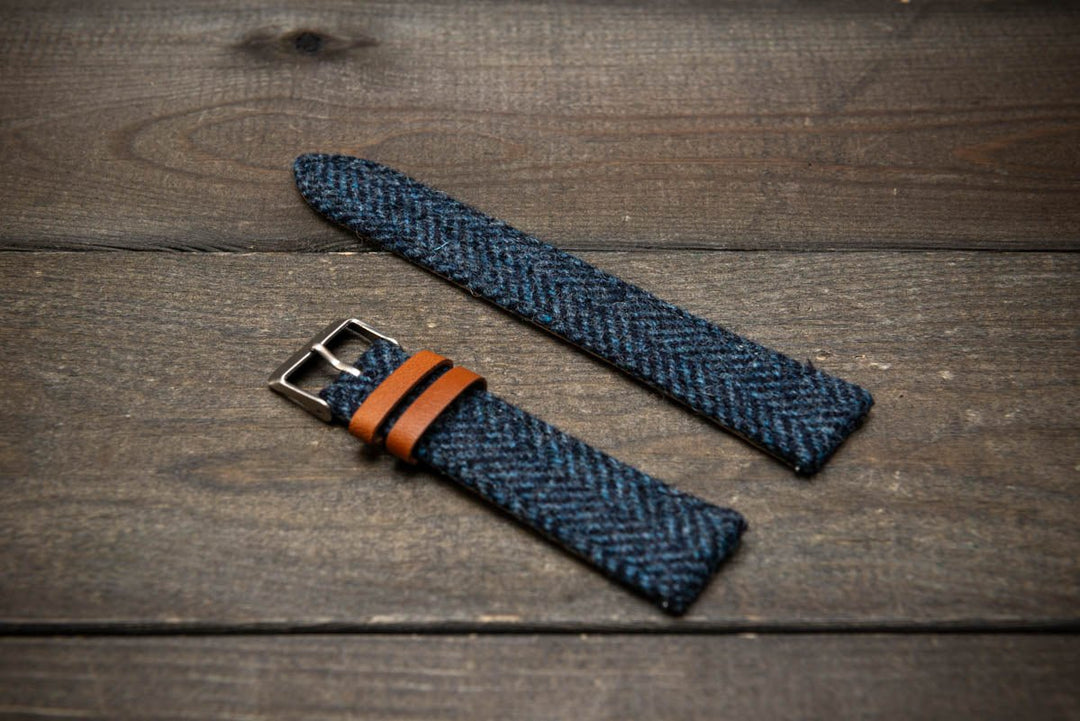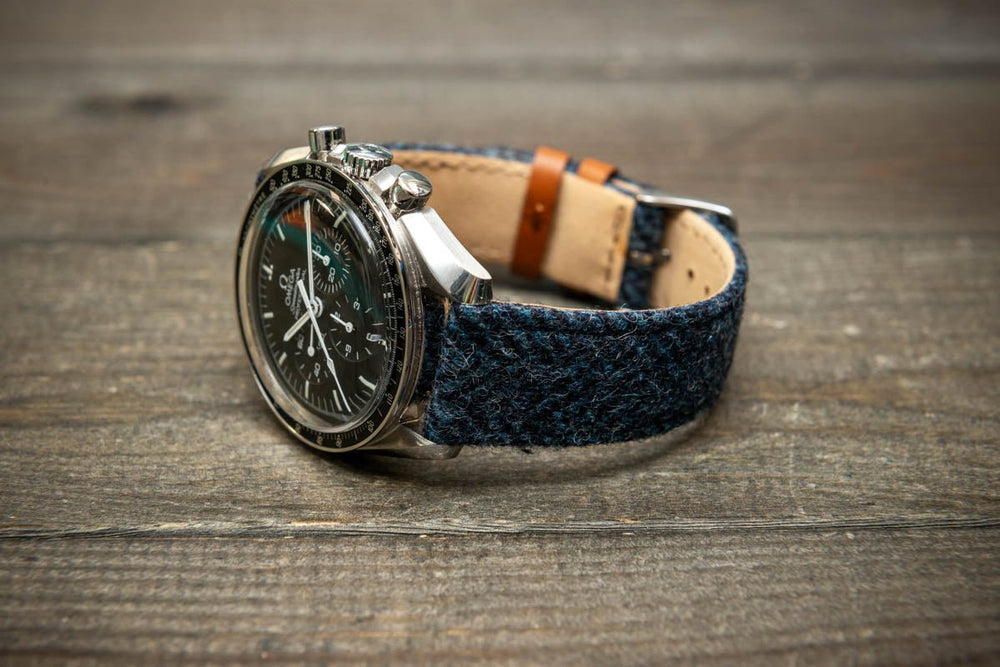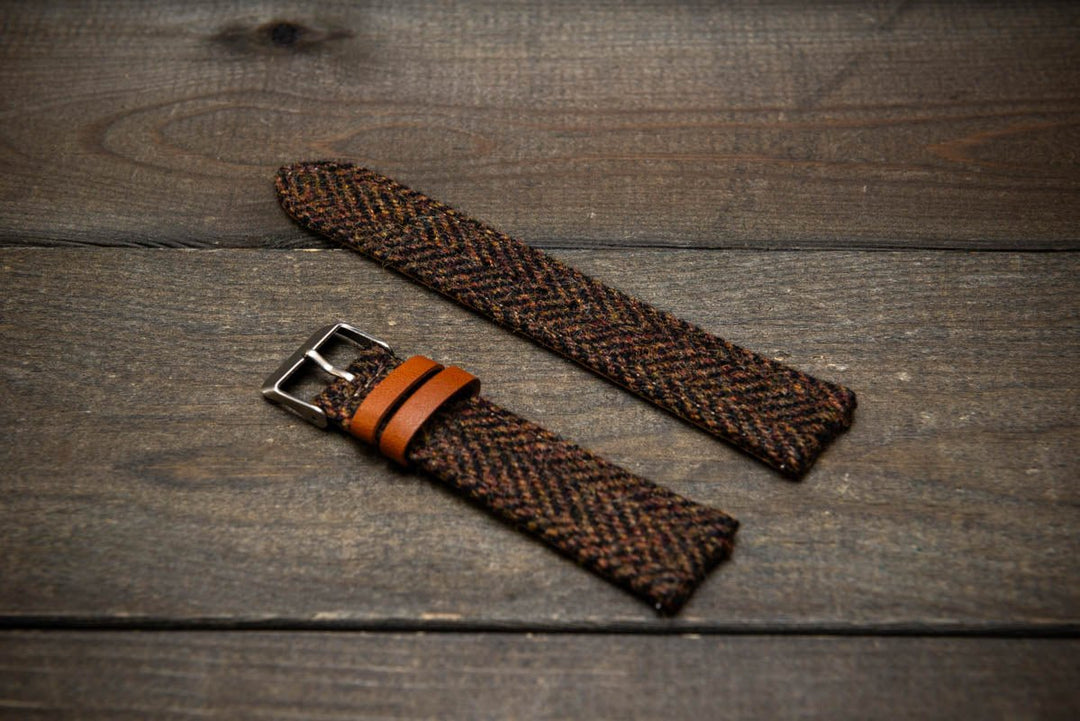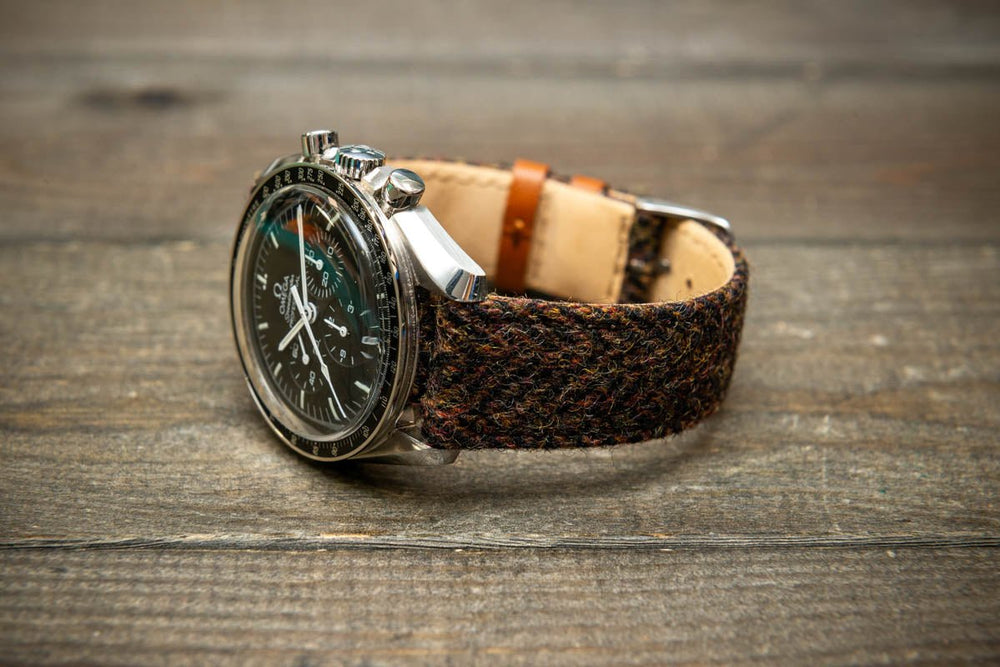How to Distinguish Genuine Alligator Leather from Imitations: Authenticity Tips and Why Genuine Materials Matter for Strap Quality

Alligator leather watch straps have long been the choice of connoisseurs and luxury accessory lovers. Their popularity is well deserved: genuine alligator leather combines refined texture, durability, and a distinctive style that’s impossible to replicate. However, as the luxury accessories market grows, so do the number of imitations, often challenging to differentiate from the real deal. In this article, we’ll explore the key signs of genuine alligator straps and explain why choosing authentic materials enhances both the quality and longevity of your accessory.
A Brief History of Alligator Leather Straps: When Style Became a Standard of Quality
Alligator leather stands out for its unique texture and impressive durability. First used in the creation of luxury accessories in the 20th century, it quickly became a status symbol. The distinct pattern of each piece and its resilience have made these straps a must-have for high-end watches. Today, they adorn the wrists of not only collectors but also those who value durable and stylish accessories.
Authentic Alligator Leather Signs: How to Tell Real from Fake
1. Distinct Pattern and Texture
The first feature that sets genuine alligator leather apart is its natural, unique pattern. Each strap, like a fingerprint, is one of a kind. The skin segments differ in shape and size, which makes every strap special. Fake materials often repeat patterns, creating a “perfectly identical” texture that immediately signals an imitation.
Tip: If the pattern on a strap looks too uniform, it’s worth a second look. Genuine leather has an organic, subtly chaotic beauty.
2. Softness and Flexibility
Real alligator leather is known for its softness and resilience. Run your finger over the strap’s surface: real leather will yield slightly under pressure, quickly returning to its original shape. Fake materials are often either too stiff or overly soft, failing to recover their shape after pressing.
3. Color Variations and Natural Sheen
Authentic alligator leather has natural color transitions and a light, elegant sheen that’s hard to fake. Real leather doesn’t have a solid color: it shifts with the light, adding depth and complexity. Fake materials are often either flat and monotonous or overly glossy from artificial coatings.
Tip: Look for rich, layered colors and saturated hues—they’re strong indicators of genuine material.
4. Edge Treatment and Stitch Quality
Real alligator leather requires delicate finishing. Pay attention to the edges and stitching: authentic straps may have slightly rough edges since the material is natural and not overly processed. Perfectly even stitches and smooth edges are often signs of imitation.
Why Genuine Leather is Better: Durability, Comfort, and Sustainability
Choosing genuine materials like alligator leather means choosing durability, comfort, and a unique style. Let’s explore why natural leather makes a better strap.
1. Durability and Wear Resistance
Genuine alligator leather is renowned for its durability. It resists scratches, cracks, and wear, making it ideal for daily wear. Compared to synthetic substitutes, real leather retains its shape and withstands the test of time.
2. Aesthetic Appeal and Uniqueness
Every alligator leather strap is a unique work of art. No two straps are identical, giving each accessory its own distinctive pattern and texture. For connoisseurs and collectors, this individuality adds an extra level of character to their accessory.

Additional Authenticity Tests
For those who want complete confidence in their strap’s authenticity, here are some additional tests you can conduct yourself.
1. Smell Test
Genuine alligator leather has a distinctive smell that’s hard to confuse. It’s earthy and natural without any sharp synthetic notes. Imitations usually have either no smell or a plastic-like odor.
Tip: Try slightly bending the strap and smelling it—genuine alligator leather will reveal itself immediately.
2. Magnifying Glass Inspection
Take a magnifying glass and examine the texture closely. Real leather has small pores and irregularities that indicate its natural origin. Synthetic materials, on the other hand, have a homogeneous surface lacking such details.
3. Water-Resistance Test
Alligator leather has water-resistant properties. Drop a small amount of water on the strap’s surface: on real leather, it should form a bead and slowly absorb, while on fake leather it may either absorb instantly or roll off.
How to Choose and Buy a Genuine Alligator Leather Strap
Purchasing a genuine alligator leather strap is an investment in style and quality. Here are some tips to help you choose an authentic strap.
- Buy from Reputable Sellers – Stick to known brands and specialized shops that offer certified products.
- Check for Certifications – Look for certifications like CITES, which guarantee the leather’s legal origin.
- Learn About the Manufacturer – Research their production methods and policies on sustainability.
Conclusion
Genuine alligator leather isn’t just a material; it’s a symbol of luxury, durability, and uniqueness. Knowing how to distinguish a genuine strap from an imitation will help you confidently choose an accessory that will be a faithful companion for years to come. Immerse yourself in the world of natural materials, enjoy their texture, resilience, and beauty, and let your strap reflect your style and taste.
Choosing an alligator leather strap is a step toward a unique style that cannot be replicated with synthetic substitutes


